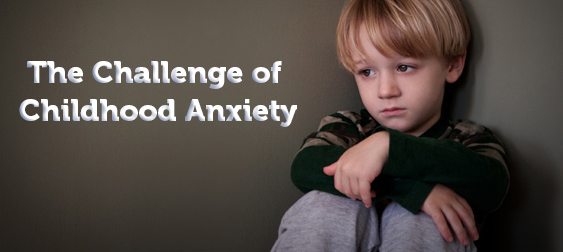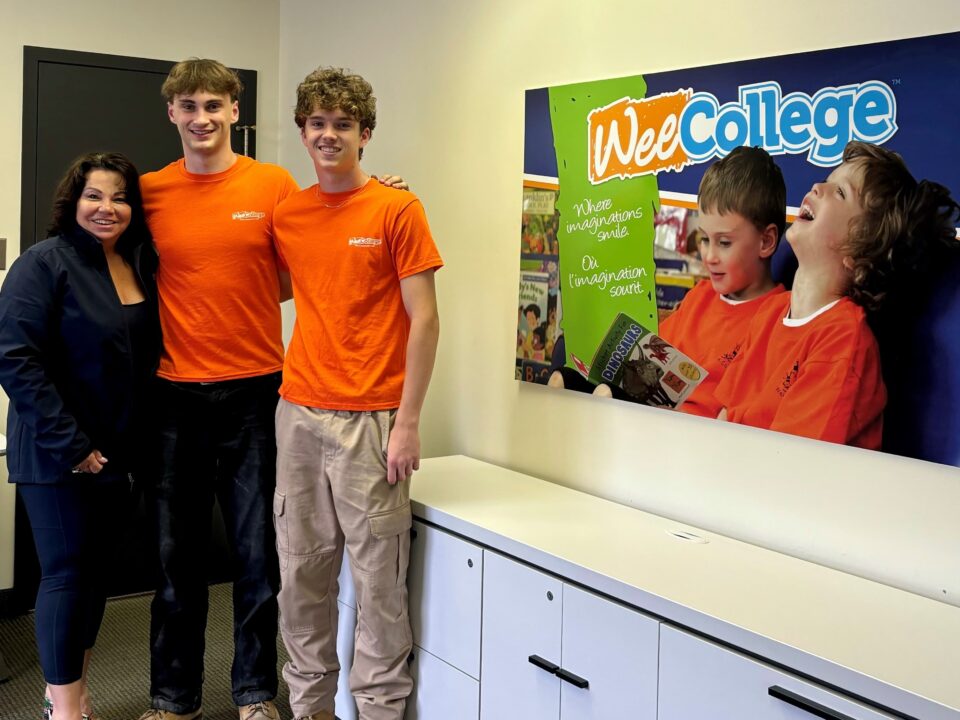
The Challenge of Childhood Anxiety
March 1, 2016
CAN YOU PUT YOUR CELL PHONE DOWN AND LOOK AT ME….PLEASE!?
May 11, 2016There was a lot less to keep children entertained back in 1933. So when sisters Diane and Sharon had the opportunity to visit the local county amusement park with dad, it was a big deal. They loved it. He could see the excitement and energy they displayed for the playsets, small rides and animals. They were having so much fun, they couldn’t notice some of the many unpleasant aspects around them.
But dad noticed. As his daughters amused themselves, he could see how filthy, run-down and uninspiring the place really was. Many of the employees looked of questionable character. Some of the rides looked unsafe. And there was very little of interest that adults and children could enjoy together. The simplicity of the games and attractions held the children’s interest so briefly that they ran madly from one to another and then back again while most of the parents were bored and anxious to go home. Dad began to envision a place where an entire family could enjoy the experience together. The grounds would be impeccably clean and manicured. Visitors would be made to feel like royalty by the staff. And the rides and activities would be bigger, safe, innovative and exciting. He wanted a place that went beyond the imagination of children and adults alike, where the gladness of the experience would bring them closer together as a family.
But there was no out-of-the-box thinking when it came to theme parks back then. Certainly nothing on the scale that dad envisioned. So the struggling artist from the Holmby Hills district of Los Angeles, California decided he would build it himself. Today, Disneyland is a cultural icon – the “Happiest Place on Earth”. Walt Disney did more than fulfill an ambition – he redefined the entire concept of modern theme parks. He created a world of magic and wonder so profound that it’s nearly impossible to describe in words. When something defies description, that’s usually evidence of a creative genius of monumental proportions. And when the difference between the old and the new is that great and extraordinary, there’s a word we use to describe it: a “Paradigm Shift” – a whole new dimension in thought and practice.
A paradigm shift happens when the usual and accepted way of doing or thinking about something changes completely. It’s so dramatic a leap from the norm that it can only be described as revolutionary… transformational… metamorphic, and it’s an essential part of evolutionary progress. Several of our modern day institutions desperately require this kind of progressive change: politics, health care and education to name a few. Early childhood care and learning must also be considered. The responsibility of nurturing global citizenship in young children has never been as important and challenging as it is today for both parents and educators. We all want progressive new opportunities for our children. Progress requires growth. And growth requires change.
But paradigm shifts don’t just “happen”. They are driven by the passion, brilliance and perseverance of Champions – Champions of Change. The foundation of the Disney Empire was built on the innovative vision of its animation studios. Disney hired the most brilliantly gifted artists he could find. Their creativity would come to symbolize the essence of their craft. Even today, one of the highest honors that can be achieved by an animator is that of a Disney “Imagineer”.
It was in that spirit of enlightened genius that we borrowed the term and applied it to the gifted forward-thinking we envisioned from our Wee College educators: Imagineers… teachers passionate about engineering the imaginations of young children. If teaching is a science, imagineering is an art-form. It’s a vehicle by which we can dramatically move the science of teaching into a progressive new invention of support to children, families, educators and communities. We can re-define the traditional concept of early childhood education to create a future that can only be described as a paradigm shift…the Disney Paradigm.
Take a moment to watch this “Imagineer” as he embraces the Disney Paradigm, makes teaching an art-form, and puts character into action.



